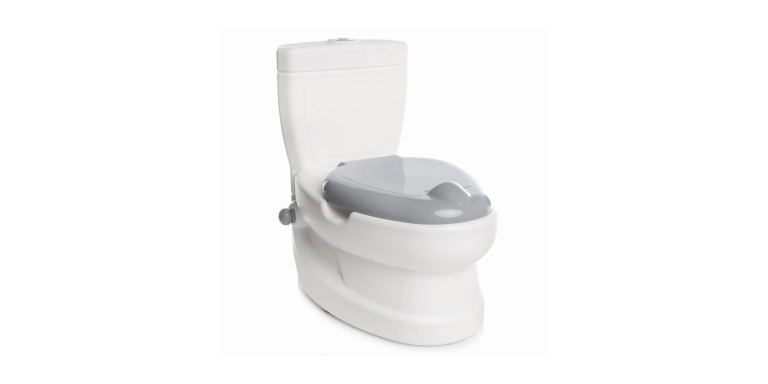How Often Should You Change A Nappy?
Welcoming a newborn into the family provides both joy and a multitude of duties. Changing nappies is one of the many tasks that take up an extensive amount of parenting time. Keeping your little one clean and comfy is critical, but how often should you change their nappies? Let us go into this issue and discover the keys to keeping your baby happy and healthy.
Understanding Baby’s Needs
Babies have delicate skin and sensitive systems, making frequent nappy changes essential. Their tiny bladders and bowels function at a rapid pace, necessitating regular attention to keep them dry and prevent discomfort or irritation. The frequency of nappy changes varies depending on several factors, including age, feeding habits, and individual needs.
Newborns
In the early days, newborns may require up to 10 nappy changes per day. Their small stomachs lead to frequent feedings, resulting in more frequent urination and bowel movements. Keeping them in clean and dry nappies helps prevent nappy rash and keeps them content.
Infants
As babies grow older, the frequency of nappy changes may decrease slightly, typically ranging from 6 to 8 changes per day. However, attentive monitoring of their cues is crucial, as some babies may need more frequent changes due to increased fluid intake or specific health conditions.
Nappy Size Guide
| Nappy Size | Age (Approx.) | Weight (kg) |
| Preemie | Premature | Up to 3 |
| Size 0 | Newborn | Up to 4 |
| Size 1 | 0-2 months | 2.May |
| Size 2 | 2-6 months | 3.Haz |
| Size 3 | 3-9 months | 5.Eyl |
| Size 4 | 8-14 months | Ağu.14 |
| Size 5 | 12+ months | Kas.16 |
| Size 6 | 18+ months | 13-18 |
| Size 7 | 24+ months | 15+ |
Shop Nappies at Affordable Prices Here
Signs to Watch For
While there are general guidelines for nappy changing frequency, paying attention to your baby’s signals is paramount. Here are some signs that indicate it’s time for a nappy change:
- Wetness: Feeling the nappy to check for wetness is a reliable indicator. If it feels heavy or soaked, it’s time for a change.
- Discomfort: Babies may become fussy or irritable when their nappy is wet or soiled. If your baby seems uncomfortable, a nappy change may be in order.
- Skin Irritation: Redness or rash in the nappy area signifies the need for more frequent changes to prevent further irritation and promote healing.
- Bowel Movements: Checking for bowel movements is essential, as leaving them in contact with the skin for too long can lead to discomfort and potential skin issues.
Tips for Effective Nappy Changing
Changing nappies is not just about cleanliness; it’s also an opportunity for bonding and care. Here are some tips to make the process smoother and more enjoyable:
- Keep supplies handy: Ensure you have all the necessary supplies within reach before starting the nappy change to avoid leaving your baby unattended.
- Gentle cleansing: Use gentle wipes or a damp cloth to clean your baby’s skin thoroughly, paying attention to folds and creases.
- Nappy fit: Ensure the nappy fits snugly but not too tight to allow for comfortable movement and prevent leaks.
- Nappy rash prevention: Apply a thin layer of nappy cream to protect your baby’s skin from moisture and irritants.
- Engage with your baby: Nappy changing time is an excellent opportunity for interaction and bonding. Talk to your baby, sing songs, or make funny faces to keep them engaged and distracted.
Navigating the world of nappy changes may seem daunting at first, but with a little practice and attentiveness, you’ll become a pro in no time. Remember, there’s no one-size-fits-all answer to how often nappies should be changed. Paying attention to your baby’s needs and cues is key to ensuring their comfort and well-being. So, embrace this daily routine as a chance to shower your little one with love and care, one nappy change at a time.





